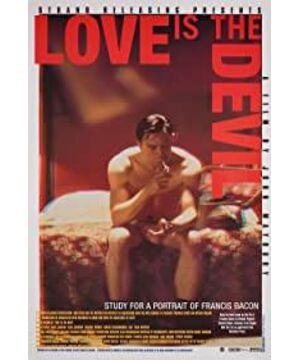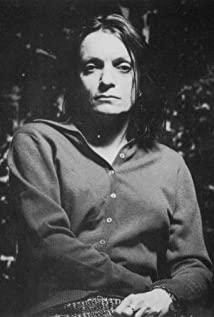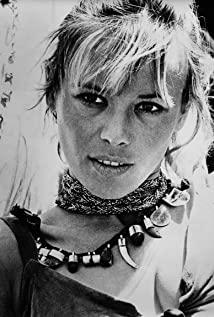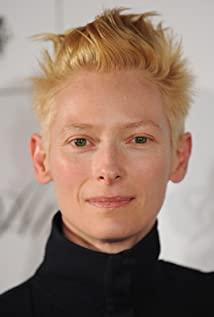1
I never thought that such artworks could be produced in the film production system around 2000. This is really an anomaly...
According to Faison's memoir biography, the script did a lot of creative work, artistically immeasurable,
It's not a regular, messianic stack of biographies from front to back,
It is a volcanic, video-experimental, abstract poetry.
This attempt to create is worthy of admiration in itself, and I salute it. You see, they not only did not do that kind of vain, very shallow vanity in the plot. Like Bacon's gay boyfriend, who fell out of the skylight, just like the devil tempted Faust, who actually came to his house to steal. And regard it as a philosophical encounter, the original impulse of painting.
In the experimental aspect of video, I try to achieve a parallel description with Bacon's creation. They actually did this. It's like shooting a gun on a moving target, often hitting plausible places and scoring points for it, creating infinite possibilities for interpretation.
Swanson's crooked teeth and big belly when eating... The image distortion produced by the ultra-close range is a bit ugly, which seems to be asking itself philosophically: whether exaggeration and active presentation are incomprehensible because of incomprehension ? Or is it more realistic because it is false?
more real than real. That's an opportunity for the soul to be exposed.
So the film hardly shows what he is painting, but shows his impulse when painting, the so-called intention comes first. Tortured by the subconscious of death and demons, he cannot sleep. So he would count the dreams of his sex partners in bed. The filth of realism can hardly disturb him. We start to see that at first the two partners' life areas are two worlds, and then the two worlds never merge.
Bacon is always in his own world. The film's reaction is his change in attitude to interference, or the record of complaints, and the irony of a group of friends.
Such art can only be produced in England. Everyone is afraid of boring movie content. Then I met such an artist director again, and boldly took the dice.
2
George is both the muse, and victim. As well as Bacon both creator and destroyer.
Time both form and content, sound both noise and antidote
It is a poetic, ambiguous text.
The distance between lovers is far and near.
Art belongs to us as well as to others.
This kind of unification, I think, can explain why in the end George committed suicide, Bacon's attitude is both alienating and painful to the core.
It is parallel to looking at his paintings.
So no matter where this movie goes, no matter where the scene takes place, it's a Bacon-like soul swimming, commenting, wandering around, wasting life, summing up life.
leave traces.
View more about Love Is the Devil: Study for a Portrait of Francis Bacon reviews











